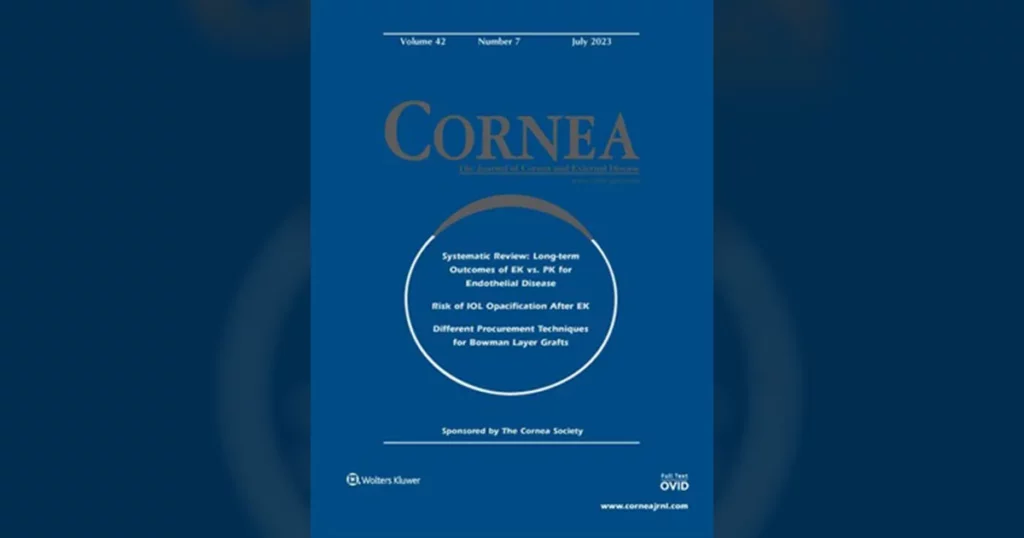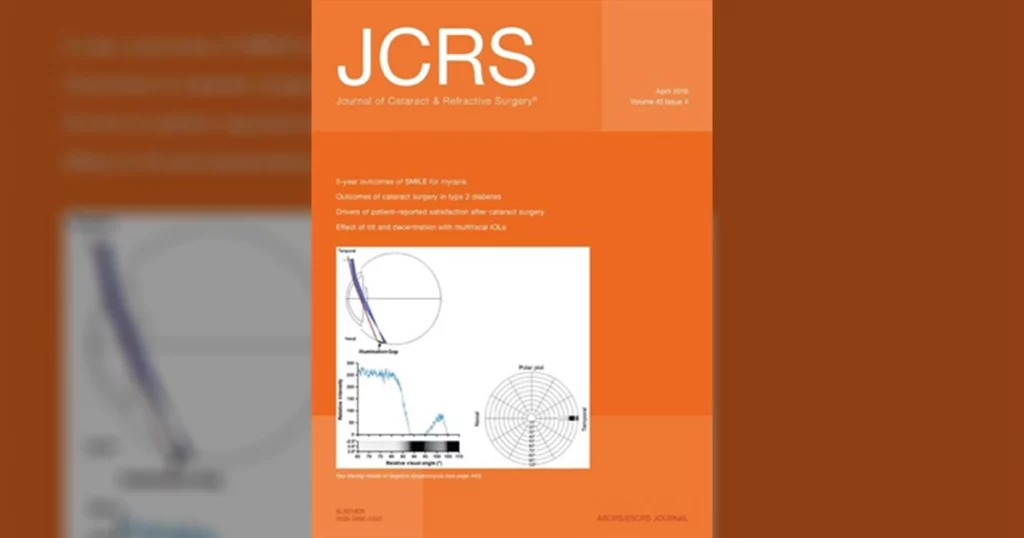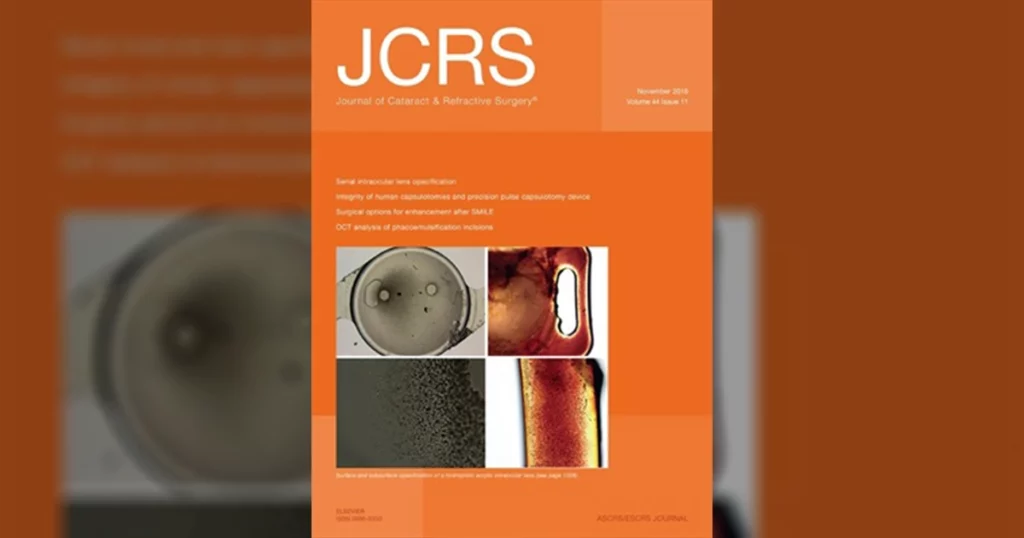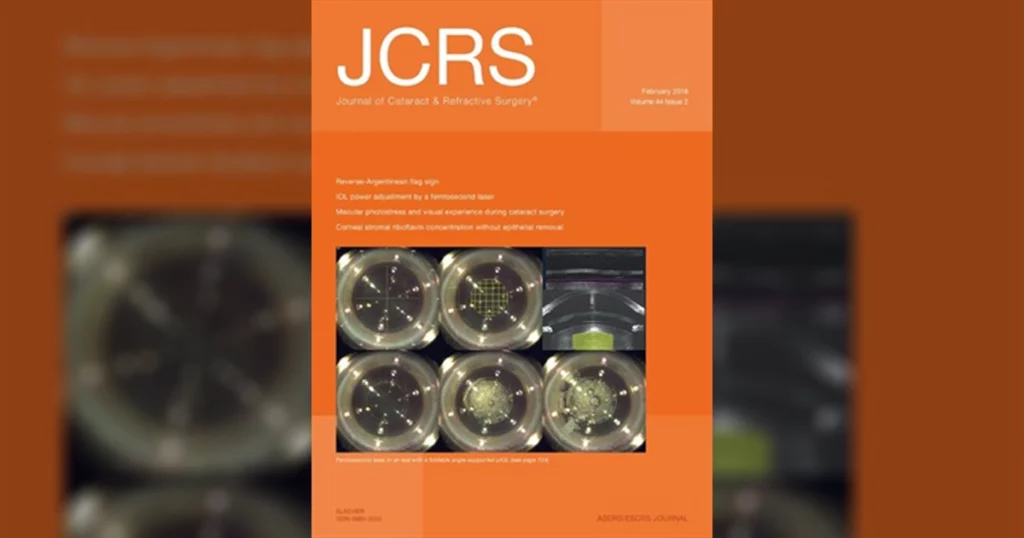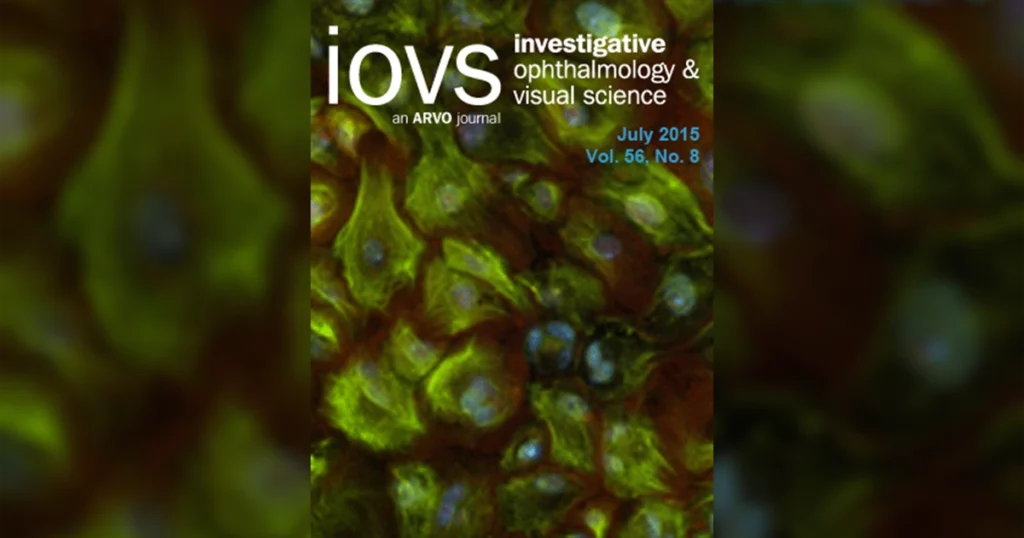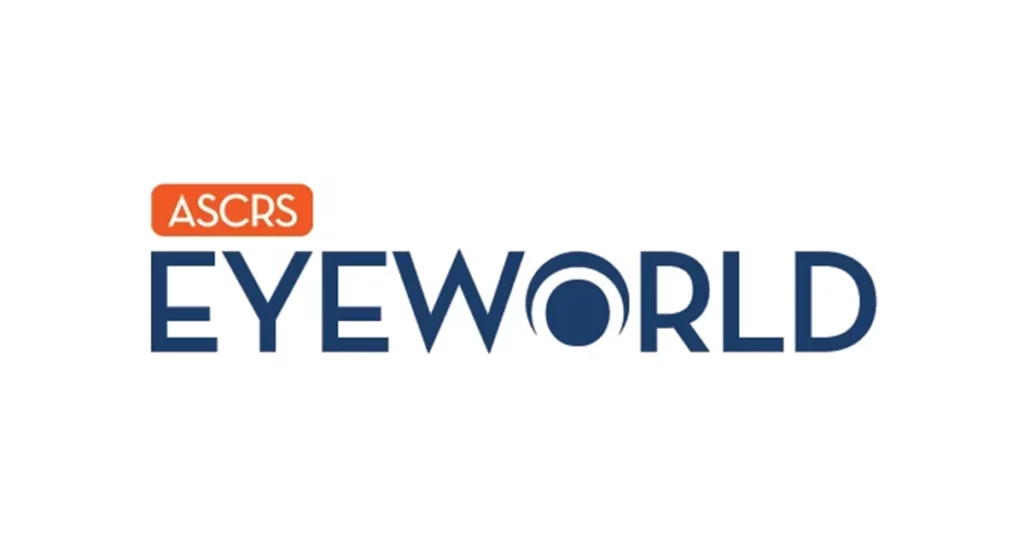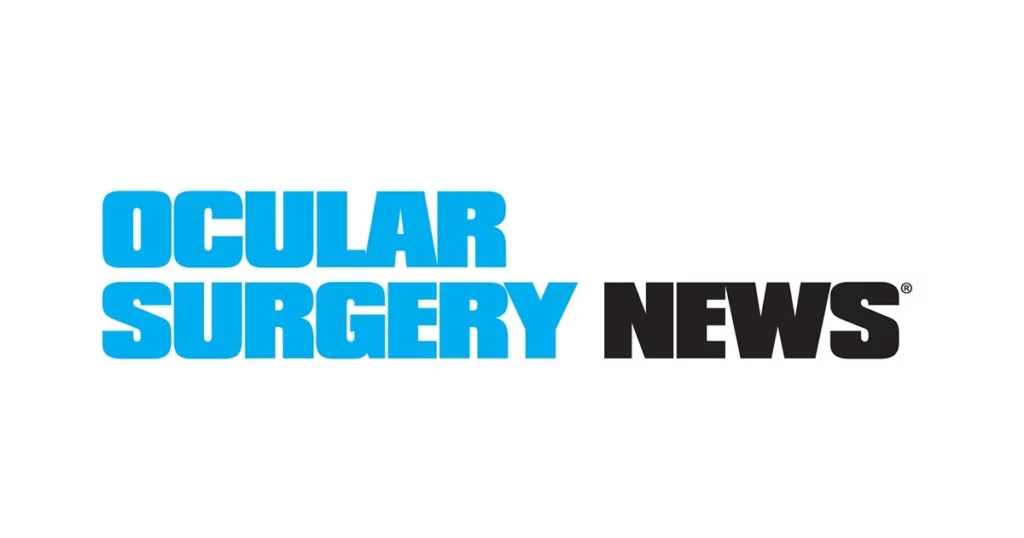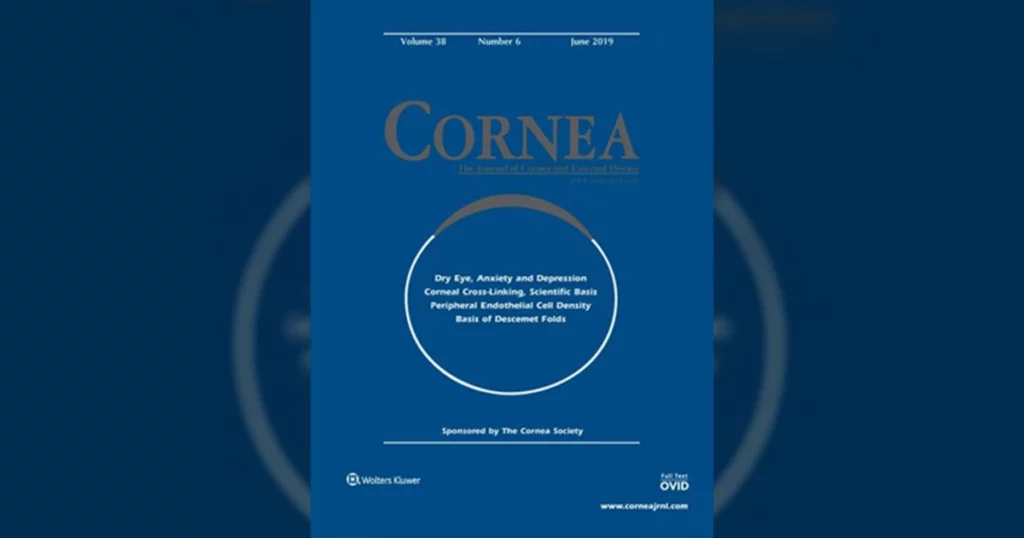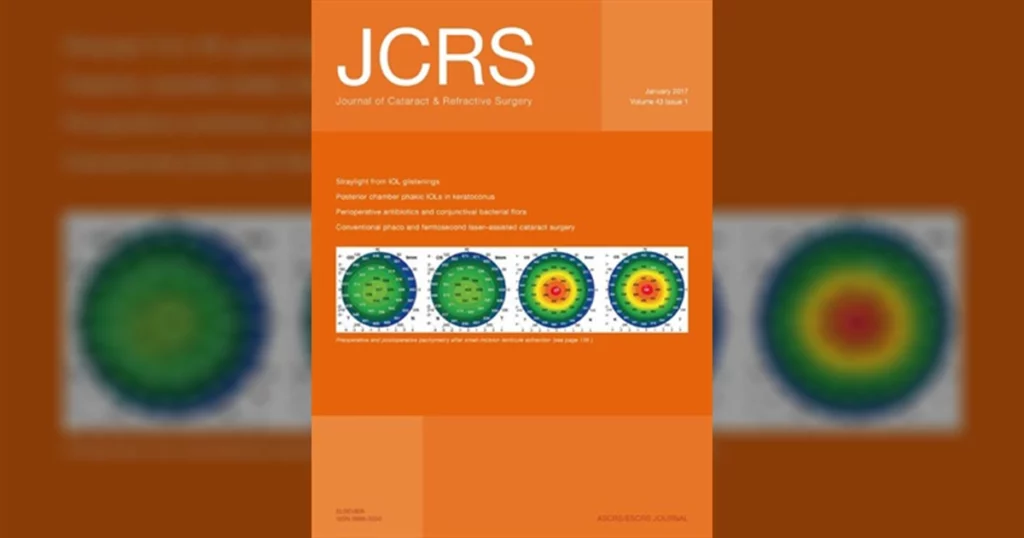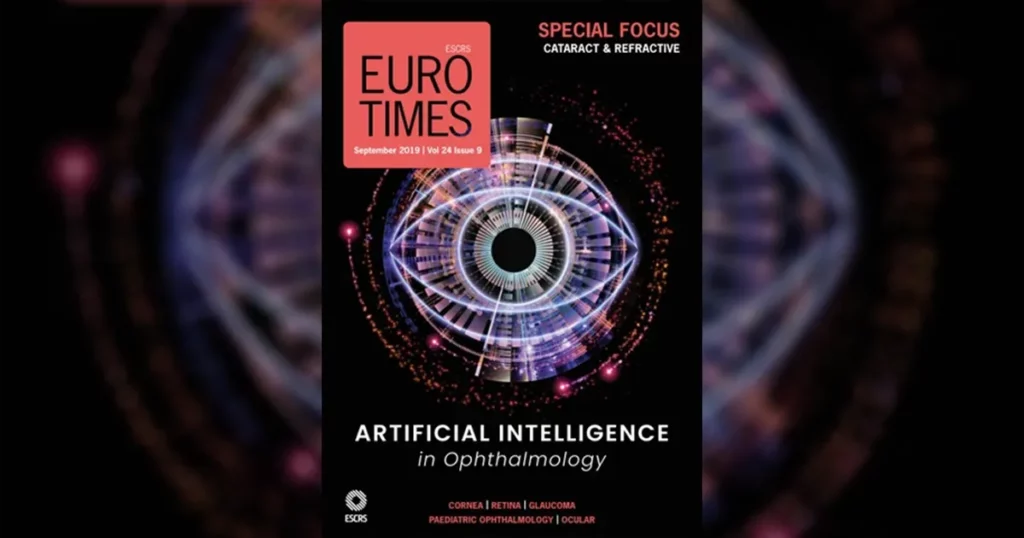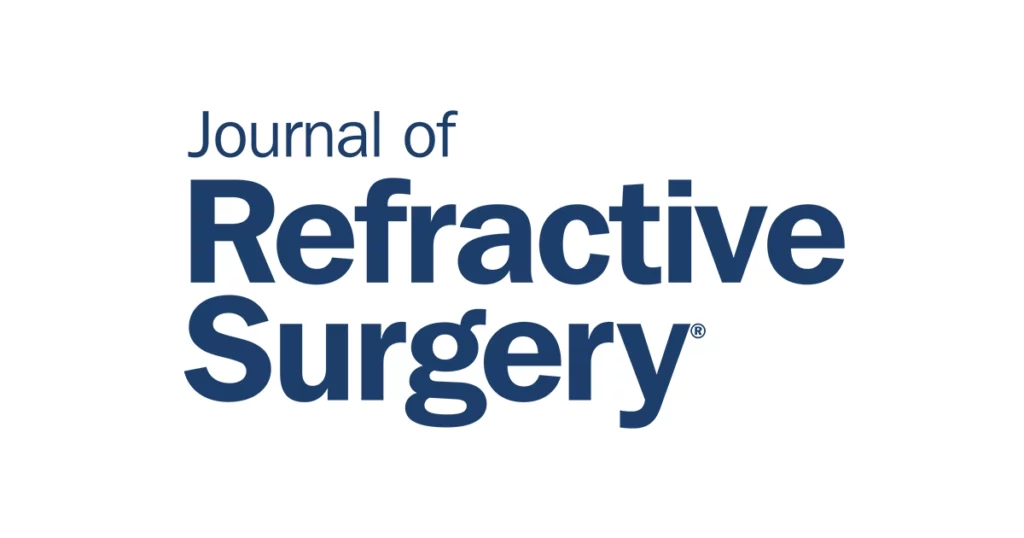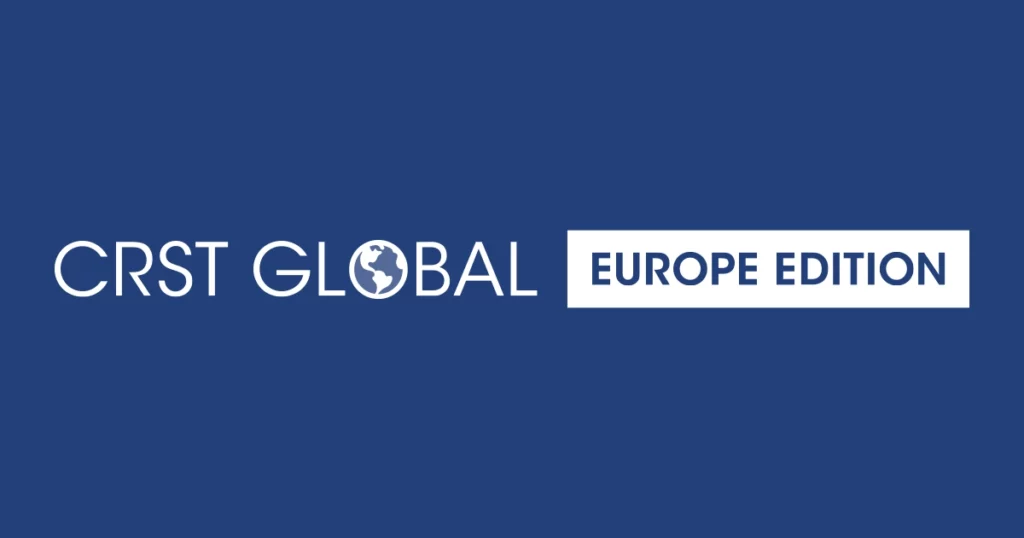Research
Research Categories
Latest Research in Epithelium-On Crosslinking (CXL)
See the research on advances in CXL for yourself by reading these key publications and articles involving CXLUSA participating medical practices, physicians, and other world experts.
Latest Featured Publication
Ocular Surgery News
Conclusion: In the world of technology, disruptors are sought-after and celebrated. When Roy S. Rubinfeld, MD, MA, led the charge to innovate a new way to do corneal cross-linking, he expected the same response.
Clinical Trials
EpiSmart® Crosslinking for Keratoconus: A Phase 2 Study
Conclusion: This [FDA study reporting on 2,238 subjects] examined the response of patients with keratoconus to an “epi-on” CXL procedure using a novel technique… this represents a safer, noninvasive crosslinking to arrest the progression of keratoconus.
Cross-linking advancements continue in US, Europe
Conclusion: Not every hot ophthalmology innovation is built to stand the test of time. Roy Rubinfeld, MD, MA, has seen many come and go over the years. But technological advancements are making epi-on cross-linking a viable and safer alternative to the epi-off procedure.
Reassessing Transepithelial Corneal Crosslinking
Conclusion: [No other epithelium-on CXL system has been shown to adequately stop progression of keratoconus]… recent... publications and… basic science research clearly show that optimized transepithelial CXL can stop the progression of corneal ectasia and… keratoconus and that because of the adverse events associated with epithelium removal, transepithelial [epithelium-on EpiSmart] CXL will be ultimately favored.
Corneal Crosslinking Without Epithelial Removal
Conclusion: Epithelium-on CXL using this new protocol halted the progression of keratoconus and ectasia after LASIK. It was safer and provided more rapid visual discovery than CXL without epithelial removal, allowing routine bilateral, simultaneous treatment.
Unique Riboflavin Loading
Quantitative Analysis of Corneal Stromal Riboflavin Concentration Without Epithelial Removal
Conclusion: [Effective novel system gets riboflavin into cornea without removing epithelium.] The test transepithelial [epithelium-on EpiSmart] CXL system achieved corneal stromal concentrations of riboflavin that were… adequate for effective CXL… [and other riboflavin formulation was not].
View the original slides presented at the International CXL Congress in Boston, MA: “Is this the end of the epithelium-on vs. epithelium-off debate? A quantitative analysis reveals trans-epithelial corneal riboflavin loading in epithelium-on CXL.”
Transepithelial Riboflavin Absorption in an Ex Vivo Rabbit Corneal Model
Conclusion: Failures of epithelium-on riboflavin loading occurred with all other formulations.
The Effect of Sodium Iodide on Stromal Loading, Distribution and Degradation of Riboflavin in a Rabbit Model of Transepithelial Corneal Crosslinking
Conclusion: The addition of [a unique, proprietary, patented] Nal sodium iodide simple salt to riboflavin solution is associated with increased riboflavin concentration in corneal stroma. [NaI also limits] riboflavin photodegradation [breakdown] during UVA exposure.
Improving Vision with CK
Outcomes of Conductive Keratoplasty Combined with Corneal Crosslinking in Advanced Ectatic Corneal Disease
Conclusion: [I]mproving and stabilizing vision in eyes that had lost substantial vision… due to corneal ectasia. Significant improvements in [vision], the most important metric affecting patient satisfaction, were documented… mean improvement of 3 lines.
Conductive Keratoplasty and Corneal Cross Linking (CK-CXL)
Conclusion: Textbook chapter with similar findings of conductive keratoplasty (CK) in conjunction with CXL as treatment to improve vision in advanced keratoconus.
Combining CXL and CK
Conclusion: The CXLUSA effort to advance CXL treatment in the U.S., including through CXL used in conjunction with conductive keratoplasty (CK) to restore lost vision.
Applications, Advances in Cross-Linking Offer Treatment Opportunities for Variety of Patients
Conclusion: CXLUSA clinical trial offers physicians, including Dr. Richard Lindstrom, the opportunity to treat patients with epithelium-on or epithelium-off CXL and combine those procedures with treatments like conductive keratoplasty (CK).
Myths and Outdated CXL Information
Corneal Cross-Linking: The Science Beyond the Myths and Misconceptions
Conclusion: The ideal CXL procedure should be… effective, safe, and standardized and involve minimal patient discomfort and recovery time. Improved safety and patient benefits accrue when the epithelium is not disrupted. A highly effective [epithelium-on-EpiSmart] technique fulfilling these requirements would be a… preferable protocol.
Transepithelial Crosslinking Retreatment of Progressive Corneal Ectasia Unresponsive to Classic Crosslinking
Conclusion: Epithelium-on CXL procedure stopped vision loss in a patient for whom standard epithelium-off CXL caused complications and failed to halt disease progression.
Diagnosing Keratoconus and Measuring Progression
Pachymetric Assessment After EpiSmart Epithelium-On Cross-Linking for Keratoconus and Post-Surgical Ectasia
Conclusion: Corneal thinning [due to death of corneal cells following epi-off CXL] is an important metric in assessing keratoconus progression and safety… after EpiSmart epithelium-on crosslinking, corneal thinning within the first 12 months post-op is not observed.
Abandon Kmax in favour of newer measures
Conclusion: Dr. Michael Belin, world-renowned corneal scanning expert, advocates abandoning Kmax for more predictive measures.
Pentacam HR Criteria for Curvature Change in Keratoconus and Postoperative LASIK Ectasia
Conclusion: [Variability and unreliability of KMax]… 2.4 D shift in Kmax over 5 mins in the same eye.
Published Surgeon Experiences
One Surgeon’s Impressions After 2 Years of Cross-Linking Experience
Conclusion: CXLUSA investigator Richard L. Lindstrom reflects on positive patient outcomes after epithelium-on CXL following two years of research participation.
Why I Chose to Perform a New Procedure on a Loved One
Conclusion: CXLUSA surgeon William B. Trattler performed epithelium-on CXL on his daughter, who had developed early keratoconus.
Early Research
What Are the Advantages of Epi-on vs. Epi-off Corneal Cross-Linking?
Conclusion: In a point-counterpoint analysis of epithelium-on CXL, Roy Rubinfeld, MD, MA, argues that epithelium-on reduces risk.
Cross-linking: Finding the Right Parameters
Conclusion: Strengthening the cornea has a host of potential uses.
Learning Process Ongoing for Corneal Collagen Cross-Linking
Conclusion: CXLUSA investigator reflects on the progress CXL has made in recent years and the hope of what procedures will be able to accomplish in the future.
Cross-Linking Round Table, Part 1: Controversies, Techniques and Treatment Decisions
Conclusion: CXL experts discuss the current state of corneal crosslinking.
Researchers Attempt to Progress Cross-Linking in the US
Conclusion: U.S. eye surgeons lead studies to advance CXL in the U.S. CXLUSA study sites offer progress in research of epithelium-on CXL.
Transepithelial CXL Is Gaining Ground
Conclusion: Transepithelial, or epithelium-on CXL, is progressing in the U.S. in part thanks to CXLUSA’s prospective, non-randomized, multicenter investigation of CXL to treat keratoconus.
The Future of Corneal Collagen Crosslinking
Conclusion: Key opinion leaders address benefits of CXL and the epithelium-on treatment during a roundtable discussion held at the 2010 ESCRS meeting in Paris.
Epi-On or Epi-Off? Only Time Will Tell
Conclusion: Epithelium-on CXL reports less pain and fast healing with similar visual outcomes to epithelium-off CXL. In Europe, where epithelium-off CXL originated, ophthalmologists closely watch results while considering what may benefit patients.
Epithelial-on Crosslinking Shows Promise
Conclusion: Early CXLUSA study results from epithelium-on CXL are shown to be similar to epithelium-off techniques and may be beneficial for older patients as well.
The Promise of Corneal Collagen Cross-Linking
Conclusion: The benefits of treatment with epithelium-on CXL as soon as patients are diagnosed are well documented, but research continues to advance patient benefits.

